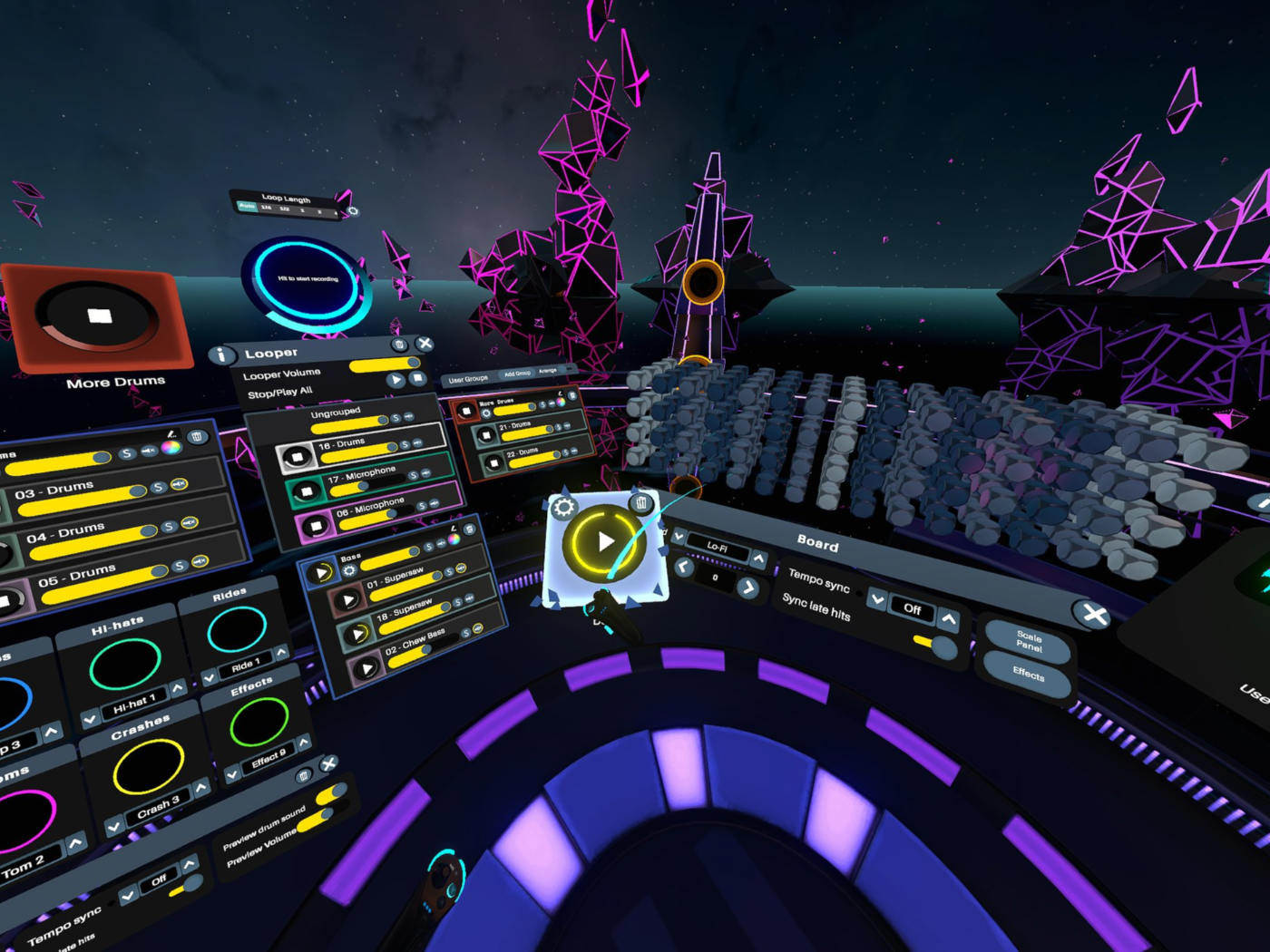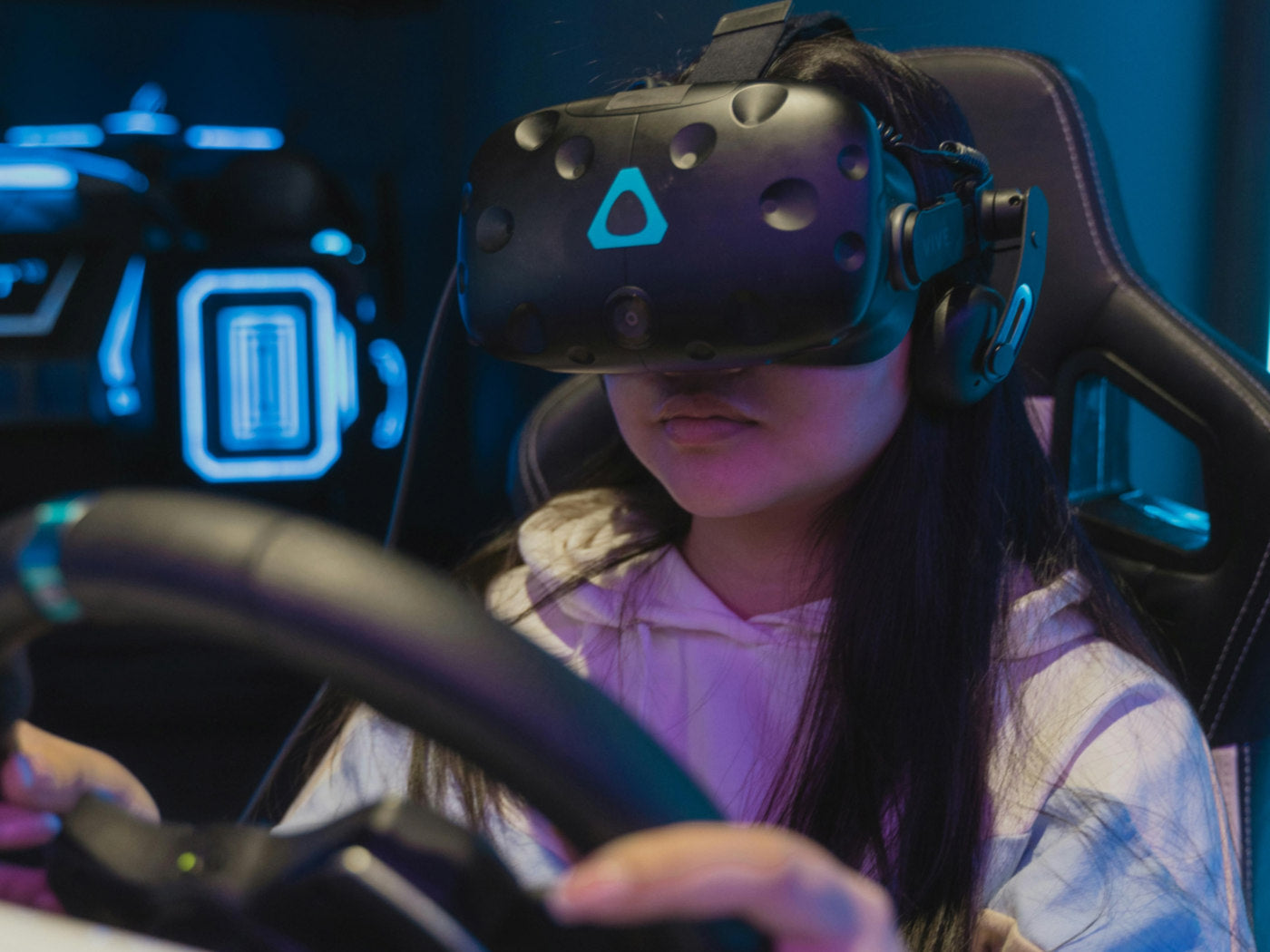Mixed reality has emerged as a fascinating concept that blends the boundaries between the physical and digital worlds. With its ability to seamlessly integrate virtual and augmented reality, mixed reality offers a captivating and immersive experience that goes beyond what traditional computing interfaces can provide.
Definition of Mixed Reality
Mixed reality, a term coined by Paul Milgram and Fumio Kishino in 1994, refers to the combination of real-time environments with computer-generated elements. It creates an interactive space where physical and virtual objects coexist, enabling natural and intuitive interactions between the digital and physical worlds. Unlike augmented reality that overlays digital content onto the real world or virtual reality that immerses users in a completely simulated environment, mixed reality merges the two, offering a spectrum of experiences.
Overview of Mixed Reality
To understand mixed reality better, it is important to examine its historical context and core characteristics. Originating from the concept of a virtuality continuum, mixed reality encompasses a range of technologies that enable interactions between digital information and physical objects.

It uses advancements in computer vision, graphical processing, input systems, and cloud computing to create a blended reality. With features like environmental understanding, human tracking, spatial sound, and collaboration in 3D spaces, mixed reality enables a seamless integration of the physical and digital worlds.
Understanding the Challenges Of Mixed Reality
While mixed reality holds immense potential, there are several challenges that need to be addressed for its widespread adoption. Technological advancements are required to enhance environmental perception, object recognition, and tracking accuracy.

Algorithmic complexities arise in areas such as calibration, space modeling, and simulation. Additionally, user interaction and interface design pose challenges in creating intuitive and immersive experiences. Overcoming these obstacles is crucial for the successful implementation and user acceptance of mixed reality applications.
Applications of Mixed Reality
Mixed reality has transformative applications across various domains, opening up new possibilities for education, entertainment, business, and healthcare.
Education
In the field of education, mixed reality offers unique opportunities for immersive learning experiences. Students can interact with virtual objects and environments, bringing complex concepts to life. For example, medical students can practice surgical procedures in a simulated environment, offering a safe and realistic training platform. Archaeology students can explore ancient ruins or historical sites virtually, providing an interactive and engaging way to learn about the past.
Entertainment
Mixed reality has tremendous potential in the entertainment industry, enabling captivating and interactive experiences for users. Gaming is one of the prominent areas where mixed reality is making a significant impact. With mixed reality headsets, players can immerse themselves in virtual worlds and interact with digital characters and objects in their physical surroundings. It blurs the line between the real world and the game world, providing a level of engagement and excitement that traditional gaming experiences cannot match.
Business and Industry
Mixed reality is transforming the way businesses operate and collaborate. In manufacturing and design, engineers can visualize and manipulate 3D models of products in real-time, facilitating the prototyping and design process. Remote collaboration becomes seamless as teams can interact and share information in a virtual workspace regardless of their physical locations. Mixed reality also enables virtual showrooms, allowing customers to visualize and customize products before making a purchase, enhancing the shopping experience.
Healthcare
The healthcare industry is leveraging mixed reality for various applications from medical training to patient care. Surgeons can utilize mixed reality to plan complex surgeries by overlaying virtual models onto the patient's anatomy, improving accuracy and reducing risks. Medical students can practice diagnosing and treating virtual patients, gaining valuable hands-on experience in a controlled environment. Additionally, mixed reality is being used for patient rehabilitation, providing interactive and engaging therapy sessions to aid in recovery.
Architecture and Real Estate
Mixed reality has found applications in architecture and real estate, transforming how buildings and spaces are designed and visualized. Architects can create virtual representations of their designs and allow clients to walk through virtual buildings, experiencing the space before it is constructed. Real estate agents can provide virtual tours of properties, giving potential buyers a realistic sense of the space and layout. This technology enhances the decision-making process and enables stakeholders to collaborate effectively.
Cultural Preservation and Tourism
Mixed reality is contributing to the preservation of cultural heritage and enhancing the tourism industry. Historical sites and museums can offer immersive experiences, allowing visitors to explore ancient civilizations or artworks virtually. Users can interact with digital artifacts, view historical reconstructions, and gain insights into different cultures and time periods. This technology enables a deeper understanding and appreciation of our collective heritage.
Recommended Accessories For Mixed Reality:
1. ZyberVR Link Cable
2. ZyberVR Black Sling Bag
Conclusion
Mixed reality represents a fascinating blend of the physical and digital worlds, offering a new dimension of computing experiences. By bridging the gap between virtual and augmented reality, mixed reality has the potential to transform education, entertainment, business, and healthcare.





